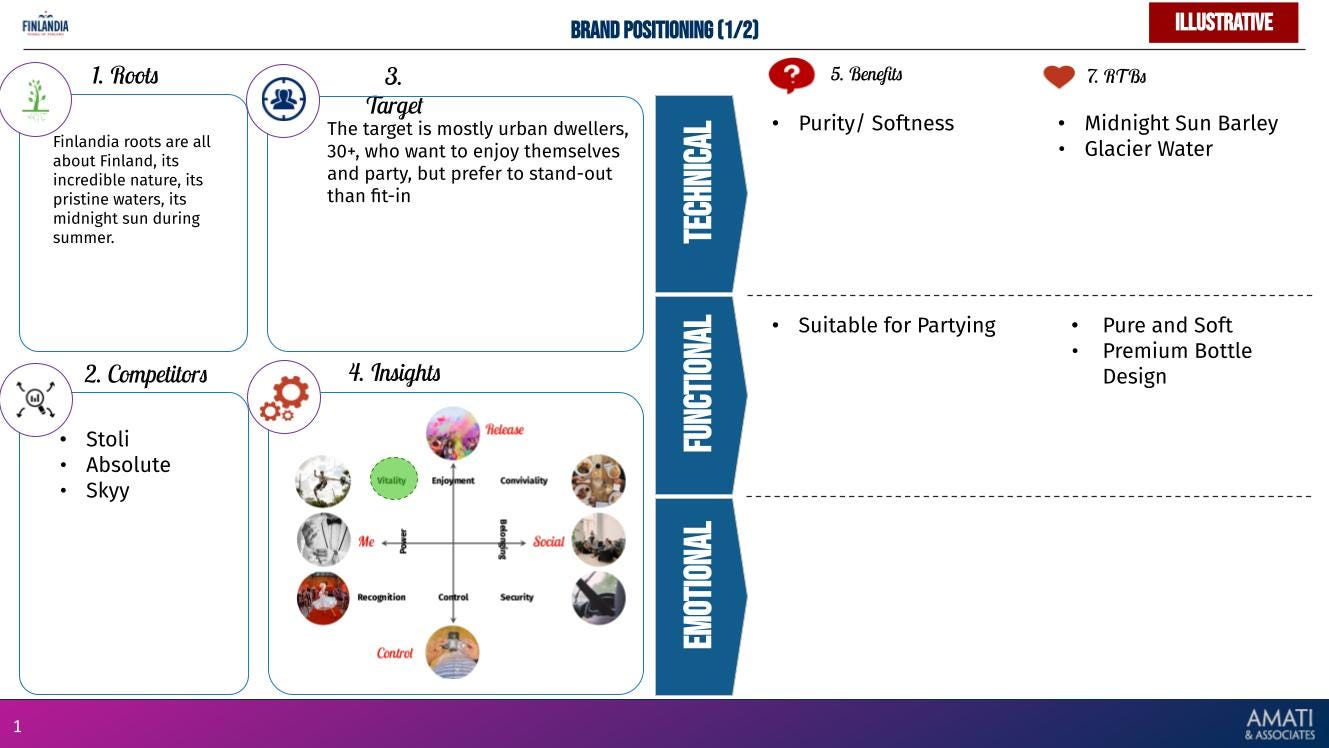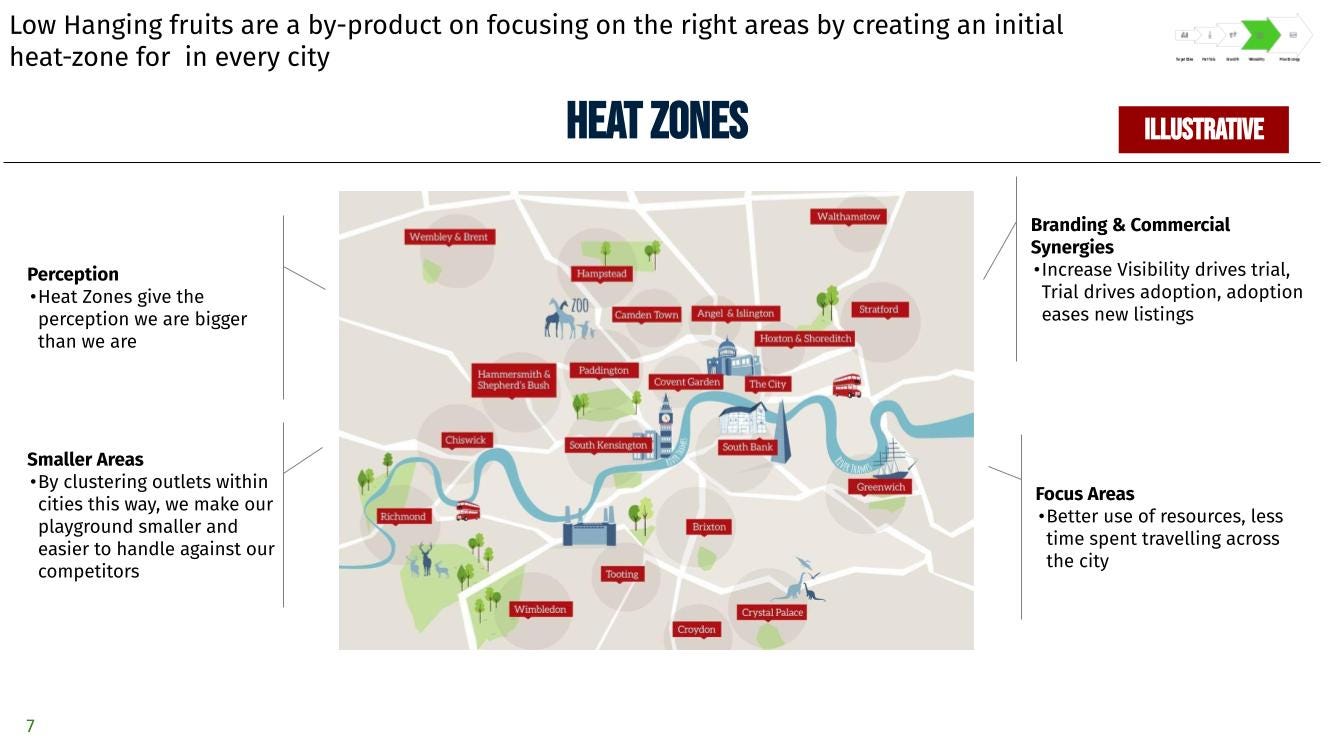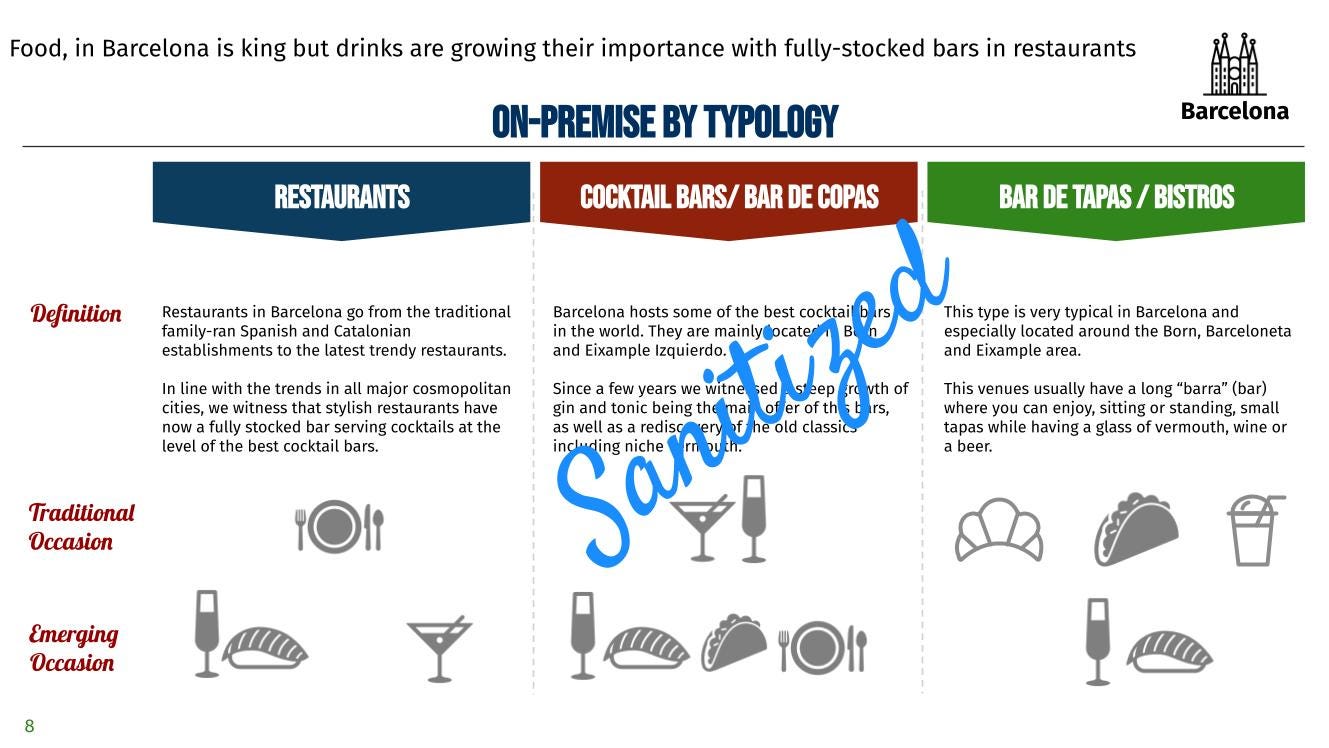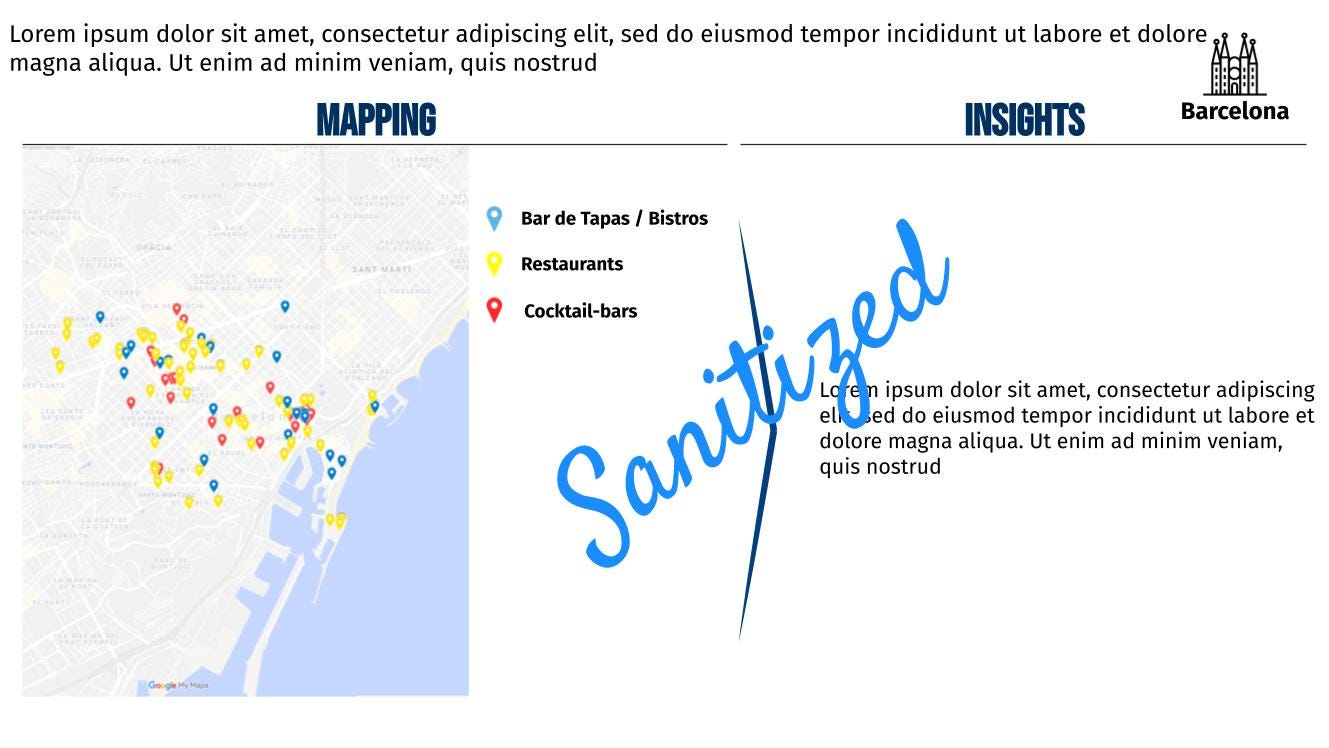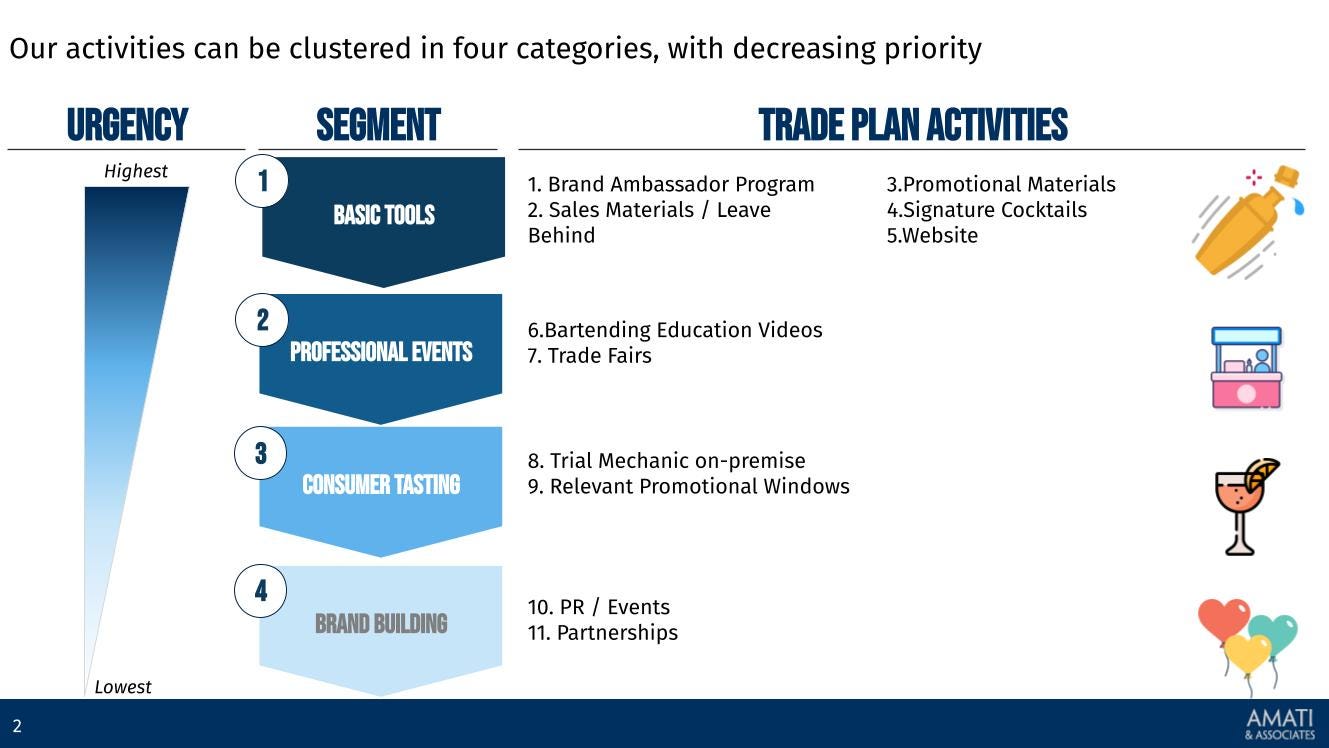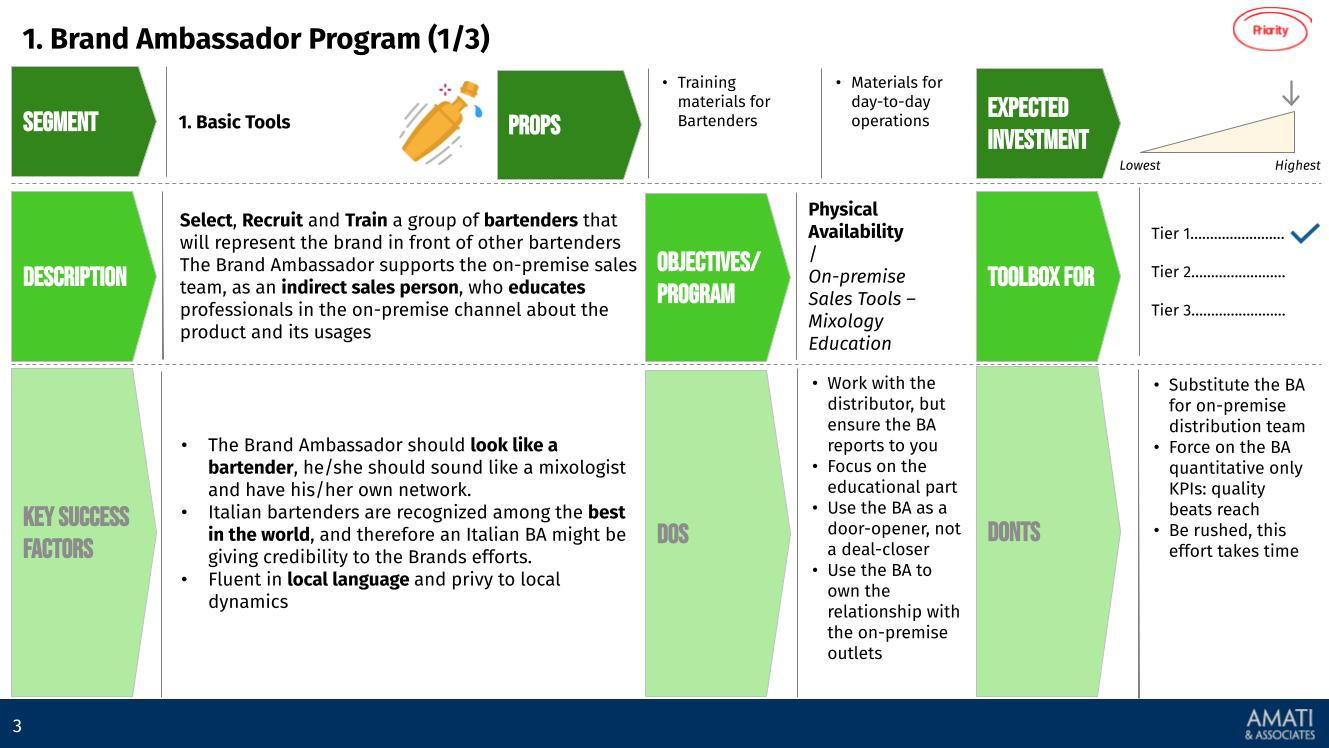Navigating the Blur: Success Strategies for F&B Brands in a Complex Market (Part II)
The Development Phase - Strategic Positioning
Once we understand the landscape from the audit phase, it's time to construct our strategic fortress. This development phase is critical—here, we define who we are in the marketplace and how we will continue to grow and innovate.
(2. a) Brand Positioning: Crafting a promise in a complex market
A clear and compelling brand identity is your North Star, even more so in blurred scenarios.
Developing a refreshed brand positioning is about resonating with the consumer's identity, values, and aspirations. It is about identifying how authentically the brand can evolve into a unique reality and what role the brand and the product's benefits play in the equation.
We deepen our understanding of our core customers and what drives, delights, and draws them to one brand over another. Then, we synthesize this into a brand narrative that communicates what we sell, who we are, and why we matter. This narrative must be flexible enough to adapt to market changes while remaining consistent in its core message.
At this stage, it is also essential to consider refreshing the brand architecture to ensure that the multi-category battle is fought with the most chances of winning and the most negligible chances of confusing existing consumers.
(2. b) Innovation Plan: Driving growth through innovation
With our brand position firmly in hand, we look to the future—how will we continue to grow and evolve? Innovation is the engine of growth, but it needs to be strategic. We're not just throwing spaghetti at the wall to see what sticks; we're crafting a thoughtful innovation plan that aligns with our brand identity and serves our customer's evolving needs.
This involves:
Identifying weak signals and trends and the underlying consumer insights.
Identifying gaps in the market that align with our brand strengths and directions.
Co-creating product or service innovations that meet these needs in a way that's true to our brand.
Creating a roadmap for development, testing, and iteration that allows for flexibility in response to real-world feedback.
Innovation isn't just about products, either. It's about innovating how we interact with customers, tell our story, and deliver experiences that delight and engage.
The Execution Phase - Bringing Plans to Life
Transitioning from strategy to action, the execution phase is where the rubber meets the road. It's about translating our positioning and innovation efforts into tangible results. This requires meticulous planning, empowering sales efforts, and managing our creative assets to maintain consistency and relevance.
(3. a) Launch Plans: Introducing products with an impact
Every product introduction is a story waiting to be told. Effective launch plans are meticulously scripted narratives that capture attention, deliver value, and make a memorable impact. We will discuss how to:
Craft launch stories that resonate with our target audience and align with our brand narrative.
Sequence our launch activities to build anticipation and momentum.
Use data to refine our approach, ensuring we hit the right notes at the correct times.
Measure the impact of our launch to inform future campaigns.
(3. b) Sales Toolkits: Empowering teams to sell in a dynamic market
In a dynamic market, our sales teams are our front-line storytellers. They need to be equipped with products, stories, facts, and tools that empower them to sell effectively. A robust sales toolkit might include:
Key selling points that differentiate our product in a crowded market.
Tailored pitches for different segments and buyer personas.
Digital and physical collateral that supports the selling process.
Training modules that keep our teams up-to-date on product innovations and market trends.
(3. c) Creative Management: Ensuring brand consistency across channels
Consistency is king in a fragmented media landscape. Managing creative assets across channels ensures that our brand's story remains cohesive, whether on social media, in print, or through experiential marketing. This involves:
Developing a unified creative strategy that bridges online and offline channels.
Implementing brand guidelines to maintain visual and narrative coherence.
Leveraging technology to streamline creative workflows and ensure assets are current and on-brand.
Evaluating creative performance and using insights to adapt and optimize.
Conclusion
Throughout today's blurred market landscape, our audit, development, and execution strategies create a comprehensive playbook for F&B brands to survive and thrive. We've mapped out how to understand our market, position our brand, innovate our offerings, and bring our plans to life with impact and consistency.






